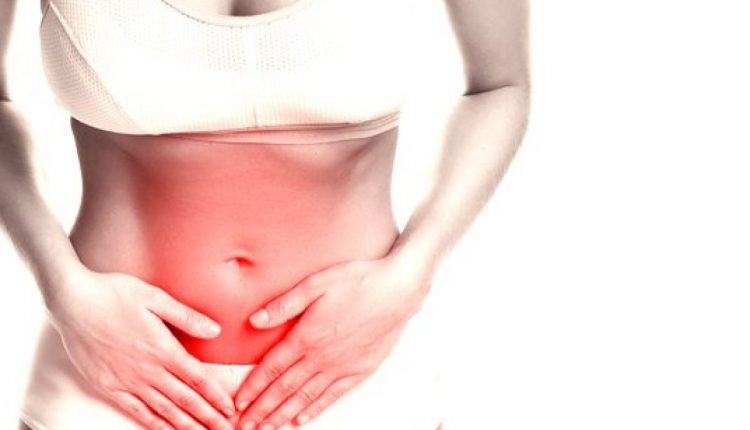
Cystitis: symptoms, causes and remedies
Cystitis, along with urethritis, is an infection of the lower urinary tract (UTI) that predominantly affects the female sex. Specifically, cystitis is an inflammation of the bladder mucosa
It is a very frequent condition in women of childbearing age: according to the 2011 SIU Guidelines, in fact, it is estimated that “25-35% of women between the ages of 20 and 40 have experienced at least one episode of cystitis in their lifetime and about a quarter of these will develop a recurrent infection within 6-12 months”.
Pregnant women, in particular, are among the risk groups.
Causes of cystitis and predisposing factors for urinary tract infections
Urinary tract infections are mostly caused by bacteria that travel from the urinary tract to the urethra.
Among these, cystitis may be caused by an ascending infection (by ascending faecal, vaginal or urethral-derived pathogens) and may even, in less frequent cases, affect the upper urinary tract with complications to the kidneys.
In adults, most urinary tract infections are caused by the bacterium Escherichia coli (80%), followed by:
- Saprophyticus 5 to 15% of cases;
- Klebsiella 10 to 15%;
Proteus mirabilis and other intestinal microorganisms.
In young women, the main risk factor is sexual activity (this is why it is commonly referred to as ‘honeymoon cystitis’ or ‘morning after cystitis’ when the episode of inflammation occurs following one or more sexual intercourse) and the use of contraceptive methods that can alter the natural vaginal ecosystem (diaphragm and spermicides).
In men, urinary tract infections are less frequent (they affect 1-2% of the male population with an increasing tendency after the age of 50) and may be related to narrowing of the urethral canal, prostate problems, bladder stones or a previous sexually transmitted disease.
Predisposing factors include:
- the use of antimicrobials;
- age of onset;
- genetic predisposition (where there is a family history of a mother suffering from recurrent urinary tract infections);
- the urethra-ano distance (less in women with a predisposition to inflammation).
In addition, cystitis can be favoured by:
- the involuntary introduction of faecal material into the external urethral meatus;
- incomplete bladder emptying;
- urinary stasis.
Signs and symptoms of cystitis
In case of lower urinary tract infections, urine may appear cloudy and become foul-smelling.
Cystitis is also characterised by:
- general malaise
- pain in the lower abdomen;
- discomfort or pain during sexual intercourse;
- burning on urination with an increase or decrease in the number of urinations during a 24-hour period;
- microhaematuria and pyuria (presence of blood and pus in the urine).
Diagnosis and treatment of cystitis
The diagnosis of cystitis is made by laboratory analysis.
Urinalysis is performed to ascertain the presence of bacteria, nitrites, red and white blood cells, and urinoculture to correctly identify the agent responsible for the infection, the bacterial load and the response to different antibiotics (antibiogram).
Consequently, therapy in cases of cystitis is mainly based on taking targeted antibiotics to prevent any subsequent manifestations from the first episode.
In the case of recurrent episodes of cystitis, an ultrasound study of the urinary apparatus and a cystoscopy may be useful to further investigate the causes of infection.
Prevention of cystitis
Drinking plenty of water and taking care of one’s intimate hygiene can help prevent cystitis episodes.
In addition to these first basic rules, as reported on the Ministry of Health website, there is the advice to
- empty the bladder after sexual intercourse and, if necessary, evaluate an alternative birth control method to the diaphragm and spermicidal creams, especially in case of recurrent infections;
- do not retain urine for long periods of time;
- maintain a good intestinal transit;
- help oneself by drinking bilberry juice, which, according to some studies, can protect against urinary tract infections.
Read Also:
Emergency Live Even More…Live: Download The New Free App Of Your Newspaper For IOS And Android
Urinary Tract Infections: Symptoms And Diagnosis Of Cystitis
Cystitis, Antibiotics Are Not Always Necessary: We Discover Non-Antibiotic Prophylaxis
Vulvodynia: What Are The Symptoms And How To Treat It
What Is Vulvodynia? Symptoms, Diagnosis And Treatment: Talk To The Expert
Accumulation Of Fluid In The Peritoneal Cavity: Possible Causes And Symptoms Of Ascites
What’s Causing Your Abdominal Pain And How To Treat It
Pelvic Varicocele: What It Is And How To Recognise The Symptoms
Can Endometriosis Cause Infertility?
Transvaginal Ultrasound: How It Works And Why It Is Important
Candida Albicans And Other Forms Of Vaginitis: Symptoms, Causes And Treatment
What Is Vulvovaginitis? Symptoms, Diagnosis And Treatment
Vulvodynia: Causes, Symptoms And Treatment



